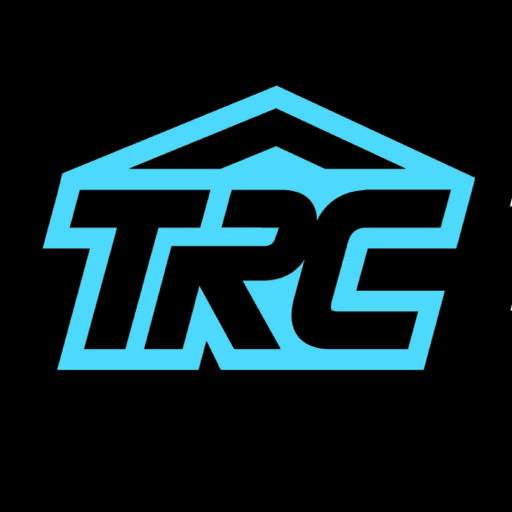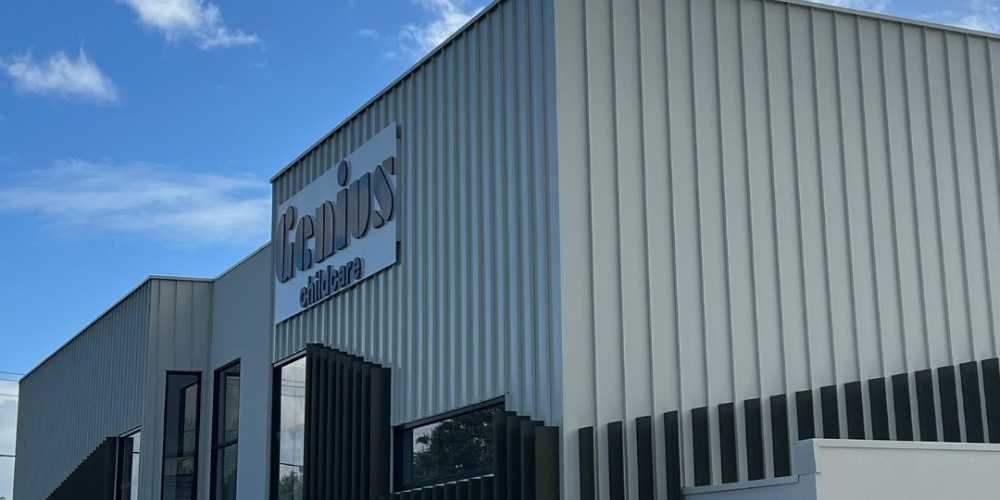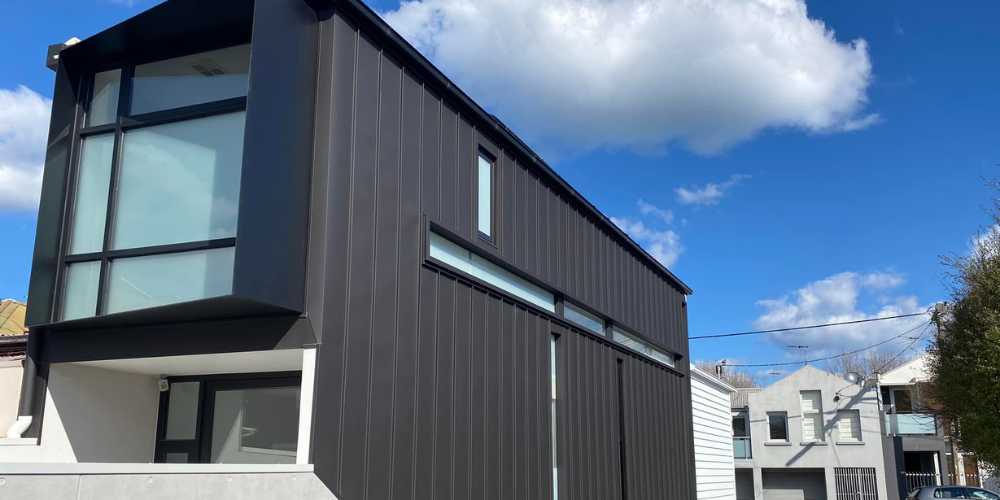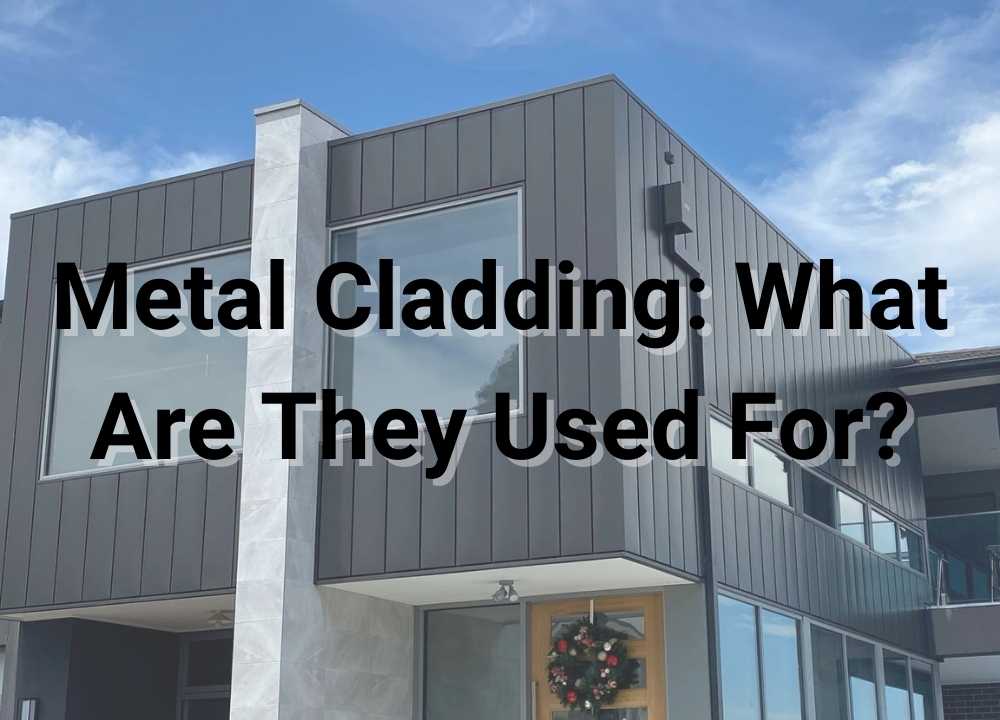Metal Cladding: What Are They Used For?
You may find cladding materials on the exterior of various structures, from high-end commercial buildings to farm buildings. This provides a solid and long-lasting defence against the elements, including weather, abrasions, and UV radiation.
Although cladding may be made from various materials, metal cladding is the material of choice for many homes and business owners and cladding installers like us because of its appearance, features, and benefits.
However, what is metal cladding, and what do you need to know about it? The basics are discussed in this article. Continue reading!

Lance Mathews
In This Article

What is Metal Cladding?
Metal cladding is a protective coating in which a substrate is bonded to a protective substance, such as metal powder or foil, by applying pressure and heat. The study of metal cladding is essential because it typically provides highly dependable and cost-efficient corrosion and wear protection. Additionally, the process parameters may be tuned for various crucial applications, including metals and composites.
A form of external cladding constructed of metal is metal cladding. It serves the same purpose as almost all other types of cladding, which is to safeguard a building’s exterior or interior, although made of a different material. Cladding can be used to enhance the appearance of a structure in addition to providing structural protection. Because metal is often quite robust and durable and because of the broad range of forms and finishes it comes in, the metal cladding may be very beneficial for both purposes. But metal cladding may also be used for roofing, unlike the majority of other kinds of cladding.
Different Types of Metal Cladding
Metal cladding achieves the best mix between utility and aesthetics compared to other kinds, such as stone, concrete, and wood. A variety of metals with different mechanical qualities can be used as cladding:
Aluminum
Some projects choose aluminium cladding because it offers excellent resistance to corrosion and rust. Homes, businesses, and other structures in humid areas frequently employ it.
Other advantages of aluminium cladding include its light weight and exceptional versatility in coating and painting. It might not work in conditions with higher levels of abrasiveness, though, because it is less robust than other metals.
One of the most used materials for cladding is aluminium. This is partly because aluminium is widely sought-after for homes, buildings, and other constructions positioned close to an ocean since, unlike copper or steel, it cannot rust or corrode. Aluminium may be used for side and roof cladding since it is also very lightweight. Additionally, it can be painted almost any colour, much like most other metals. The main drawback is that steel is more vital than aluminium, which may offer different protection in more hostile conditions.
Zinc
Zinc is a very versatile material showing up more frequently in modern architecture. Its malleability and softness make it possible for the building to be flexible. As a result of its resistance to oxidation and the formation of a naturally protective covering known as a patina, zinc has an exceptionally long lifespan of between 60 and 80 years.
Zinc is a non-toxic, recyclable, and recycled material, making it a sustainable option. In comparison to other primary metals, zinc production requires less energy.
Steel
The main benefit of steel cladding is its tremendous strength. Steel may not be ideal for rust resistance, but specific steel grades provide adequate defence.
It is often used for interior and exterior cladding because of its robustness. This kind works well in structures that need to be vital for a long time, as in industrial settings.
Copper
Copper is a classic material that ages well and takes on a character, making it a good choice for both traditional and modern houses. Warm bronze tones of copper naturally oxidise to an iridescent brown and then take on a green patina.
Because it is lightweight and robust, copper may be helpful for massive structures. Additionally, it has a long lifespan and requires minimal upkeep due to wear and tear.
Bright, sparkling orange at first, copper soon corrodes into a pale green colour. This hue is quite famous for many structures and is frequently picked for that reason. However, from a practical sense, copper and other metals are preferred for sloping roofing applications since, in contrast to tile or shingles, they make it simple for snow to slide off.
Pros and Cons of Metal Cladding
There are many alternatives for building materials for new projects, from bricks and stones to wood and vinyl. However, why is metal cladding so well-liked? That’s a result of the several advantages that, in only a few decades, have turned it into a favourite in the business.
Pros
Durable
Any other cladding material cannot match the metal panels’ endurance. Metal cladding is impervious to corrosion, electrochemical processes, and water damage. Overall, metal panels have a remarkably long lifespan and require practically no upkeep.
Range of Designs
Any architectural style may complement the various treatments and styles offered by metal cladding. So, in addition to adding a layer of protection to a building, siding can make the structure seem stunning and raise the property’s worth, whether it be a residential, commercial, or industrial structure. Many different textures, colours, patterns, forms, and sizes are available.
Sustainable
Metal cladding panels may be produced using post-consumer recycled materials, which makes them eco-friendly and lowers the amount of waste going to landfills. This is a fantastic chance for contractors to lessen their environmental carbon impact.
After usage, metal is a material that may be recycled. This makes metal siding, particularly steel siding, environmentally benign. Metal cladding is an obvious choice for those who want to make sustainable decisions. It’s interesting to note that after you decide to replace steel and aluminium panels at the end of their useful life, they may still be employed in building projects.
Simple Installation
Because metal cladding is light and flexible, installing it is pretty simple. Construction workers have the chance to rapidly and efficiently instal metal cladding. Additionally, they contain attachment mechanisms explicitly designed for rapid and straightforward installation. To prevent faulty installation, we still advise using expert installation services.
Low Maintenance
Metal cladding panels needed far less upkeep and repair than wood, stone, and painted surfaces. Because metal cladding is so resistant to extreme weather, it may frequently just be cleaned to maintain its aesthetic appeal.
Energy Efficiency
Metal roofs are energy efficient as they reduce a building’s energy usage. The absorption and retention of heat through the roof can be decreased by using reflective metal cladding, saving cooling expenses. Metal keeps a house warm during the chilly winter by acting as an insulator and slowing down heat loss.

Cons
Rusting
Metal roofs are energy efficient as they reduce a building’s energy usage. The absorption and retention of heat through the roof can be decreased by using reflective metal cladding, saving cooling expenses. Metal keeps a house warm during the chilly winter by acting as an insulator and slowing down heat loss.Metal may be harmed by rust. In humid regions, homeowners should anticipate rust issues with steel siding if they don’t take the proper precautions. Rust, paint peeling, and scratches on metal surfaces are all possible. Steel siding may be given a layer of protection using spray-on treatments, extending its life. Rust risk will be reduced by choosing high-quality metal siding.
Chalking and Fading
Different kinds of paint deteriorate at various rates where paint naturally wears away. The metal cladding’s coating may degrade due to environmental factors, a process known as photo-degradation. Harsh weather, pollution, wetness, UV rays, salty air, etc., can all contribute to this. Over time, paint can also deteriorate or chalk naturally.
Vulnerable to Dents
Softer aluminium siding may be damaged and perforated during an intense hailstorm or windstorm that blows branches. When selecting a siding material, homeowners should consider the local climate and location.
More expensive compared to other cladding materials.
Metal cladding often costs more than other siding alternatives for the materials utilised. The long-term benefits from less maintenance and metal cladding’s longer lifespan than less expensive materials offset the high upfront expenses.
Frequently Asked Questions
A wide variety of surface treatments may be selected, albeit specific finishes may have a tiny ripple. The material has a lifespan of up to 80 years and is about as expensive as zinc. It is also very resistant to corrosion and requires no maintenance.
Finally, metal cladding is an excellent option for enhancing your structure’s thermal or even acoustic insulation qualities. This implies that the building can retain a cool temperature even in hot weather. In contrast, metal cladding stops extra heat from escaping, particularly in cold weather.
Since metal is naturally watertight, it is pointless to waterproof a metal construction. Generally, metal buildings are inexpensive, easy to maintain, quick to construct, and weather resistant.
Corrosion resistance is included in Colorbond. But over a few weeks or months, Colorbond fence will begin to rust from constant exposure to moisture, such as through dirt accumulation or rainfall pooling. Minor blemishes should be ignored, but significantly damaged panels must be replaced.
Key Takeaways
While improving a building’s aesthetics, wall cladding systems offer several other advantages, including excellent environmental performance, fire protection, moisture resistance, better acoustics, and compliance with several other technical requirements. Metal wall cladding is the best option for a contemporary, cost-efficient, and top-notch ecologically friendly wall covering. Any cladding or pre-existing metal systems may be smoothly covered with metal panels with good simplicity.

